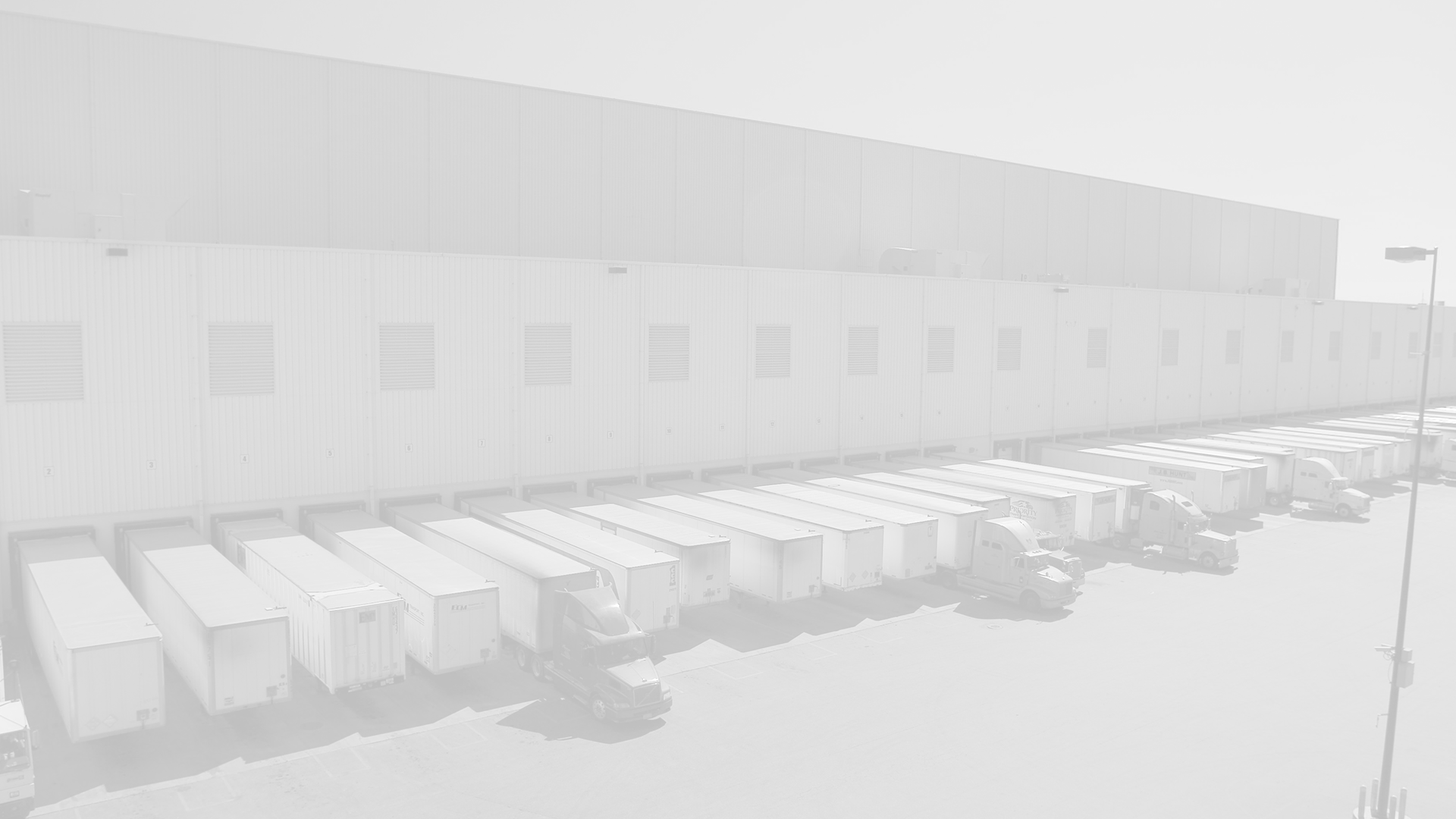To most retailers and manufacturers, the word omni-channel is synonymous with complex. They see their supply networks splintering as they try to provide “seamless” experiences to their customers. Instead of splintering, companies need to aggregate. Manufacturers and retailers need to use facilities that can provide a full range of services. Manufacturers and retailers also need to join forces to achieve scale in a world where order sizes are decreasing.
Omnichannel Solution Strategies for Retailers
By SupplyChainBrain
The challenges of omnichannel distribution are perhaps the largest issues facing retailers today. Two senior consultants from Kurt Salmon identify solutions that can help retailers deal with omnichannel demands today and stay ahead of future changes.
The big trend in today’s marketplace is the shift of consumers from shopping in stores to ordering online via phones, tablets or computers, says James Reardon, senior consultant at Kurt Salmon. “The omnichannel consumer is drastically changing the way supply chains need to be set up and structured,” he says. “Whether fulfillment of those orders involves shipping to a store for customer pickup or to the home, the next day or even the same day, it is challenging supply chain executives who want to set themselves up for the future.”
Many retailers look out four to eight years in terms of positioning their supply chains to meet future customer needs, adds Gretchen Holden, also a senior consultant at Kurt Salmon. How retailers respond depends on their specific markets and needs, she says, “but we definitely are seeing a move away from having a separate supply chain for brick-and-mortar stores and for e-commerce. More retailers are working to integrate these with shared inventory pools.”
This trend and other omnichannel byproducts “are increasing the complexity of supply chain problems that need to be solved,” says Reardon. “There is no simple, linear answer anymore because the challenges are omni-directional, everywhere, all the time.”
The first step for a retailer is to understand the kind of network it needs to set up, Reardon says. “Do you need to ship from store? Do you need satellite facilities within certain cities to hold inventory? Do you want to want distribution centers and fulfillment centers to share inventory?” Once those questions are answered, a lot of decisions will follow about the type of technology systems and material handling equipment to install. “It’s important to have an order management system that makes the right decisions about which facility should fulfill each order,” he says. This requires a comprehensive and accurate view of inventory placement and status, including such factors as which items have been marked down.
Omnichannel is not just a supply-chain issue, says Reardon. “It is a business problem because it impacts the customer experience, planning, allocation, merchandising and store operations.” For that reason, having the supply chain group more connected to the rest of the business is critical, he says. “It is about having the conversation with senior executives that says, ‘this is how we need to position our supply chain and this is what we need from the rest of the business to enable the company to get ahead of omnichannel.’”
To view the video in its entirety, click here

